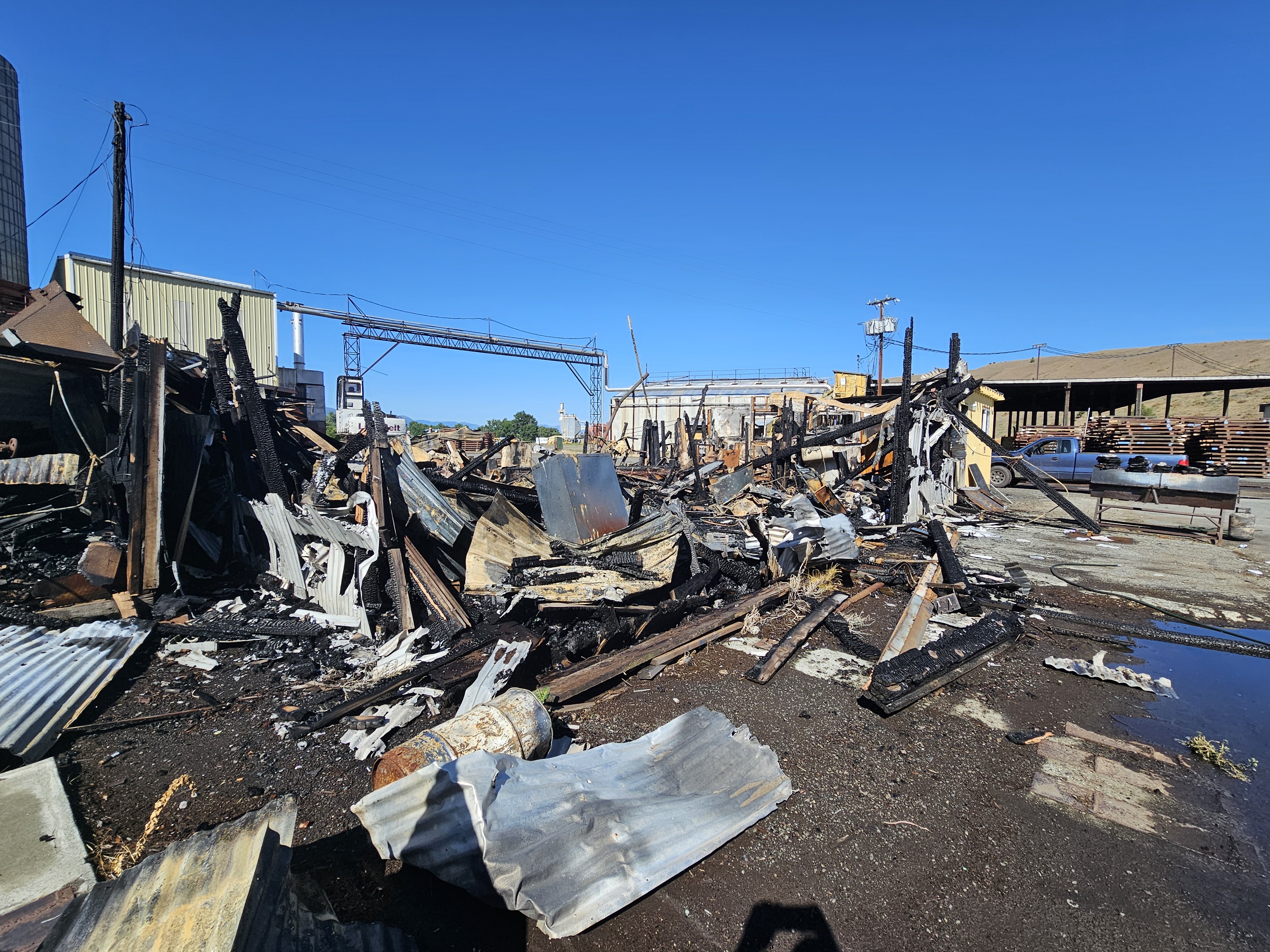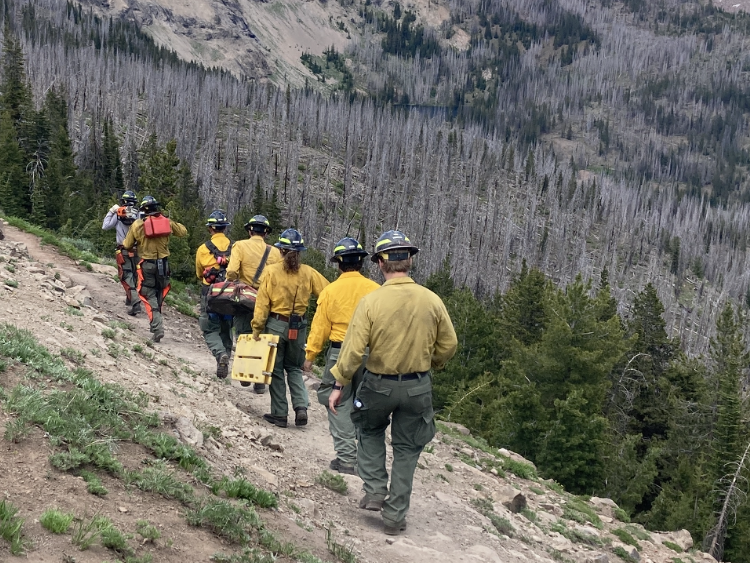Our View: Forest Service needs to be able to use fire retardant
Published 12:00 pm Friday, April 28, 2023
The value of using airplanes to drop fire retardant is beyond dispute. Retardant, also known colloquially as “slurry,” is the pink liquid that pilots spray to block the spread of flames. Retardant, as its name applies, coats grass, brush and other vegetation, making them less likely to ignite.
Trending
Although a 2021 assessment by the U.S. Forest Service concluded that retardant poses little health risk to people, the substance, which contains fertilizers and salts, can imperil fish and other aquatic life if it spreads into waterways.
An advocacy group, Forest Service Employees for Environmental Ethics, is suing the agency, seeking an injunction prohibiting it from using aerial retardant until the Forest Service obtains a federal pollution permit.
In January, three months after the lawsuit was filed, the Forest Service applied for a permit. The process could take more than two years.
Trending
The agencies that use retardant strive to avoid polluting streams and lakes. The Forest Service, for instance, generally avoids dropping retardant within 300 feet of waterways, the exceptions being in cases when a fire threatens people.
Those are rare, however — just 23 incidents between 2012 and 2019, according to the Forest Service. But then it’s rare for retardant to get into waterways for any reason. Of the 213 instances during that eight-year period, 190 were accidents, according to the Forest Service. That’s less than 1% of the retardant drops in that time.
Forest Service Employees for Environmental Ethics, the plaintiff in the lawsuit, suggested in court filings that the Forest Service double the waterway buffer to 600 feet.
That might be a reasonable precaution.
But deploying retardant by aircraft — including fast-flying jets — can never be so precise as to preclude any possibility that retardant will fall on a stream or lake.
The Forest Service and other agencies that use retardant thousands of times each summer should be able to eschew any waterway buffers if needed to protect people.
The federal judge presiding over the lawsuit should consider the likely harms resulting from even a temporary injunction on the Forest Service using fire retardant, weighing those against what appear to be the negligible benefits.
There can be little doubt that large fires will burn this summer in the West. Some of these blazes probably will burn homes and endanger people’s lives.
Although it’s reasonable to hold the Forest Service and other firefighting agencies to high standards in keeping fire retardant out of waterways, it would be reckless to deprive fire bosses of such a crucial, potentially lifesaving, tool.








